By Alexis Vaujany
The immune system can be one of the most powerful weapons against cancer. After several unsuccessful attempts, scientists have discovered a promising and effective way to guide the immune system to kill cancer cells. In fact, some advanced cancers have gone into complete remission. Unfortunately this type of procedure is not a “one size fits all” treatment of cancer. It cannot be used for all cancers as it is only affects certain types.
The difficulties scientists encounter are arising from the way in which the immune system detects and fights tumor cells. The human body can identify cancer cells as ‘enemy’ by recognizing neoantigens displayed on their surface. The body will then fight them by targeting and destroying those cells by means of specialized T-cells (soldier-cells, part of the adaptive immunity, which attack only specific targeted invaders).
Tumors carry many different neoantigens which could facilitate the work of the immune system, but not all neoantigens are alike. Neoantigens mutate and diversify frequently (concept of heterogeneity). However, scientists discovered that some of the earliest mutations of the tumor neoantigens can be found on every cells’ surface of that tumor, they are the trunk mutations contrary to branch ones (which come up later and heterogeneously). Therefore, these trunk neoantigens are common to all the tumor cells.
By targeting those trunk neoantigens, the immune system is not wasting its T-cells (limited working number) on fighting particular branch mutations which explains why current treatments show better results on tumors with numerous trunk neoantigens.
In order to improve treatment outcomes and remission, scientists could use a biological control. They will have to find trunk neoantigens of a patient’s tumor, synthesize specialized T-cells and afterward, inject the patient with those T-cells to fight the tumor. Those future therapies are encouraged by the fact that scientists have been able to find trunk neoantigens in different kinds of lung cancers including those with a larger part of branch mutations which “is the first evidence that there are seed of a tumor’s own destruction nestling in the tumor itself,” but there is “still a long way to go”.
Click here to read the full article.


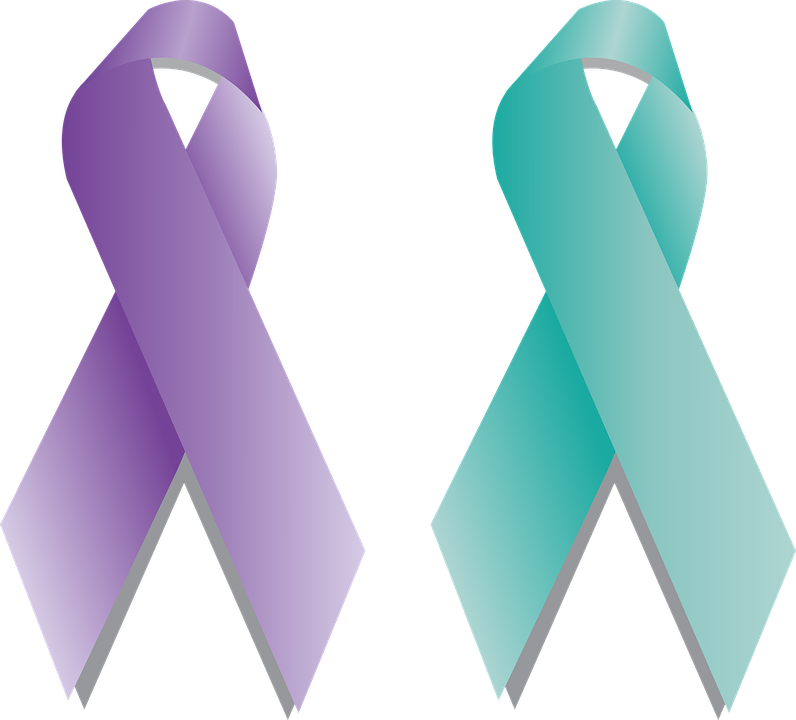



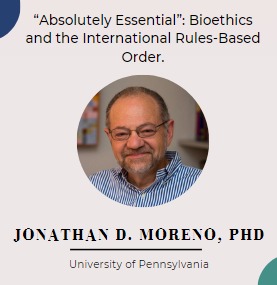


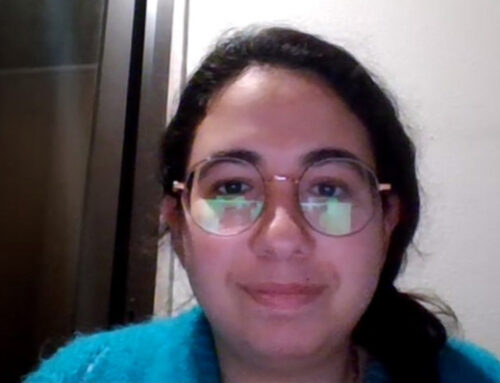
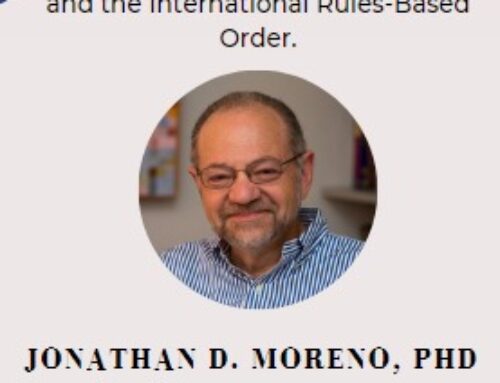
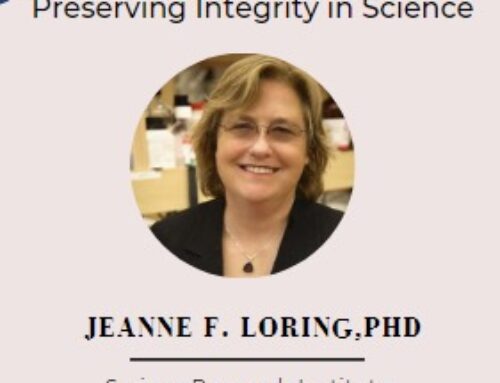
[…] Source: Global Bioethics Initiative News and Articles. […]
[…] Improving the Most Promising Cancer Therapy […]